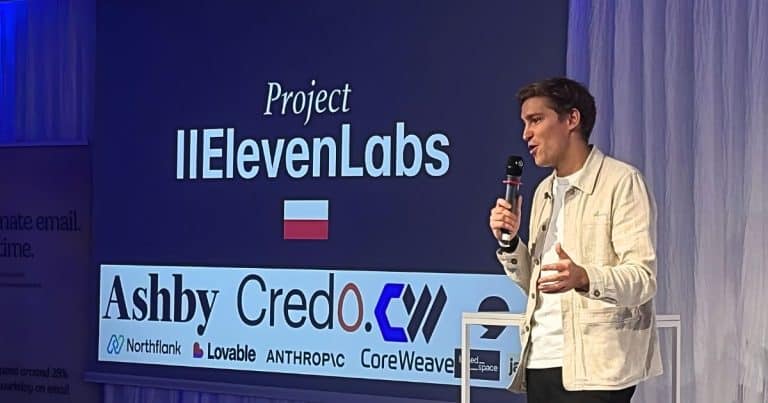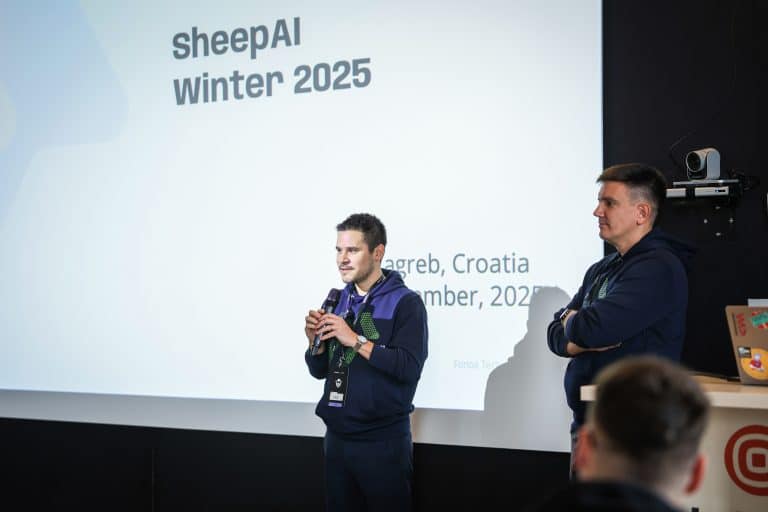How to Overcome Common LLMs Pitfalls and Build Smarter AI Systems


Mete Atamel, a software engineer and Developer Advocate at Google, explains how businesses can master large language models to build reliable tools for real-world applications.
“Generating content with LLMs is straightforward,” Atamel says. “However, the output often includes hallucinations, outdated information, and a lack of accountability.”
In his presentation “Techniques to avoid common LLM pitfalls” at the Heapcon conference in Belgrade, Atamel shared insights about multimodal LLM advancements and practical strategies for mastering these models in business contexts.
Overcoming Challenges to Excel in LLMs
Large language models (LLMs) process language like humans by analyzing vast amounts of text data, leveraging deep learning, and applying transformer-based architectures. They generate coherent and contextually relevant responses by identifying patterns in text. However, there are several challenges:
- Hallucinations: language models fabricate information with unwarranted confidence.
- Outdated knowledge: Static training datasets limit the ability to provide current information.
- Customization issues: Public data reliance makes it hard to tailor outputs to specific business needs.
- Lack of citations: Missing references reduces credibility and user trust.
These issues may seem minor in casual applications, but they block businesses from fully mastering LLMs for critical and professional use.
Master LLMs for Real-World Success
Atamel outlines actionable strategies for businesses to maximize the potential of language models:
- Leverage Retrieval-Augmented Generation (RAG): RAG incorporates relevant, real-world data into queries to minimize hallucinations and outdated responses. Businesses can connect models with external databases or APIs to provide accurate and context-specific answers.
- Ground Responses with Verifiable Sources: Grounding aligns language model outputs with trusted data sources. Referencing company knowledge bases or live data from the internet improves accuracy and strengthens user trust, helping businesses master LLMs in demanding environments.
- Use ReACT for Transparent Reasoning: The ReACT framework encourages language models to explain their reasoning before delivering answers. This transparency enhances reliability and gives users greater confidence in the responses.
- Implement Function Calling for Dynamic Updates: Function calling enables language models to interact with APIs and external systems to retrieve up-to-date information or perform specific tasks. For example, an LLM can fetch live weather data from a forecasting API instead of relying on outdated information.

Practical Advice for Mastering LLMs
Atamel provides practical tips for developers and businesses striving to master language models:
Optimize Efficiency
- Focus queries on relevant context to reduce unnecessary tokens.
- Assign smaller, cost-effective models to routine tasks and save larger models for complex requirements.
- Batch similar queries into fewer API calls to cut costs.
Prioritize Security
Sanitizing inputs, moderating content, and complying with data protection laws can protect users from harmful outputs and data breaches. These precautions ensure responsible and secure implementation.
Multimodal LLMs
Atamel explores the transformative potential of multimodal LLMs, which handle text, images, audio, and other data types. These models could revolutionize fields like medical diagnostics and video analysis.
Multimodal capabilities expand possibilities, but they also demand stricter evaluation, rigorous grounding, and robust safety protocols for businesses aiming to master LLMs truly.
RAG, ReACT, and function calling
Atamel urges developers to focus on transparency, reliability, and scalability when working with language models. Techniques like RAG, ReACT, and function calling provide the tools businesses need to succeed with AI.
“AI’s power doesn’t only come from its abilities,” Atamel concludes. “True success happens when businesses carefully and responsibly master language models to unlock their full potential and shape a brighter, smarter future.”



